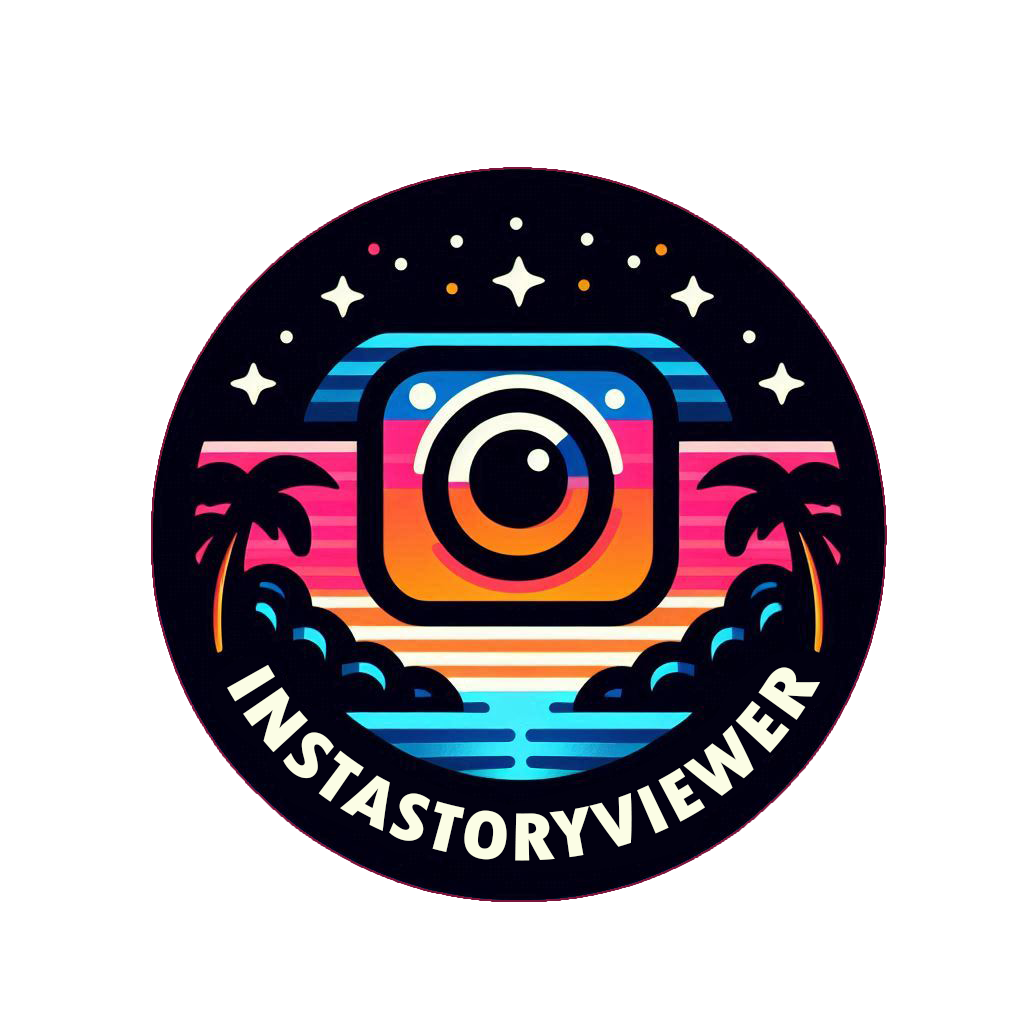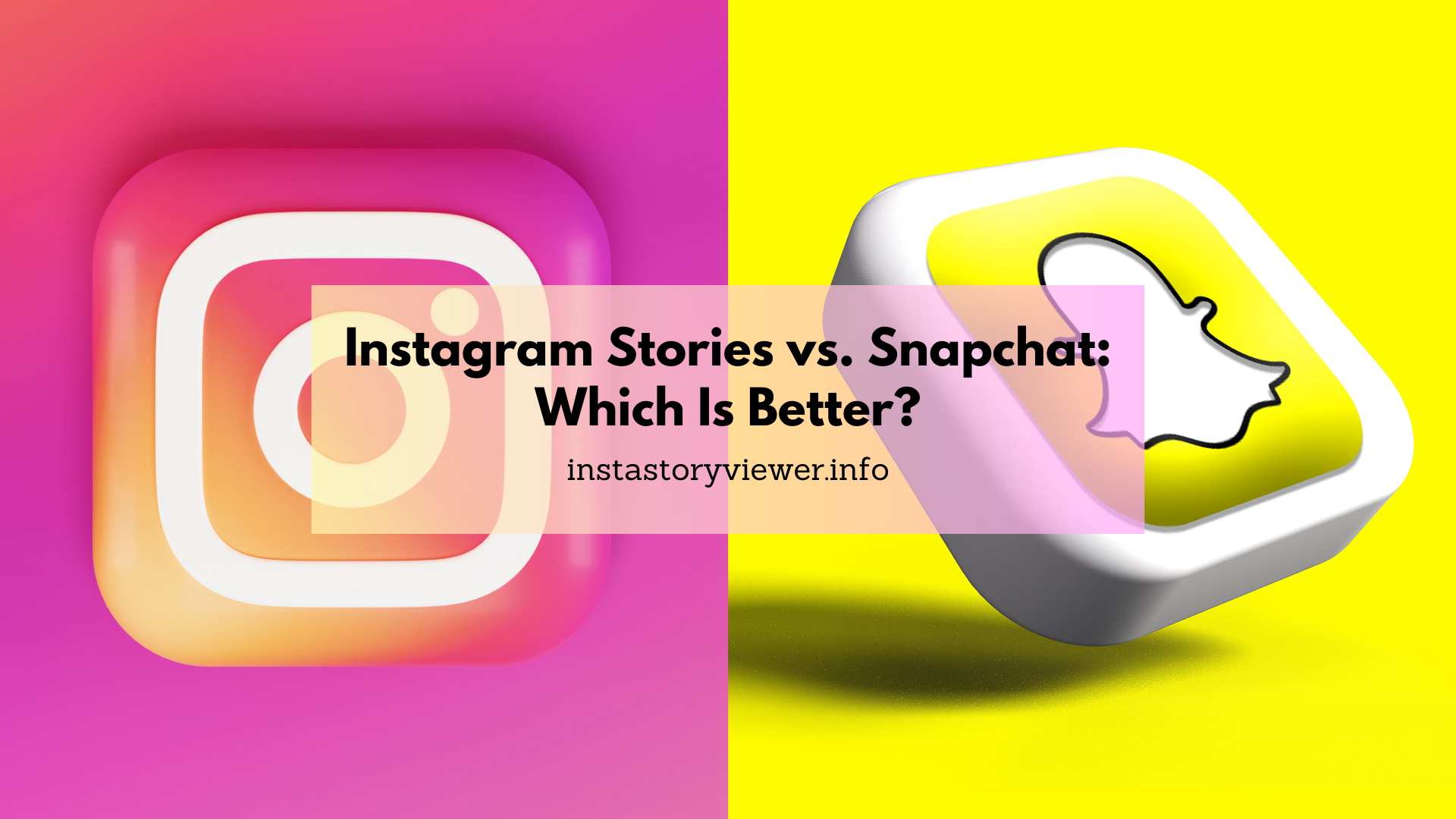The battle between Instagram Stories and Snapchat has been ongoing since Instagram introduced its Stories feature in 2016. These platforms, both built on the foundation of quick, ephemeral sharing, offer unique strengths that cater to different audiences and goals. But how do you choose the right one for your brand?
In this guide, I’ll break down the key differences, weigh the strengths and weaknesses, and provide actionable insights to help you decide which platform will deliver the best results for your social media strategy.
Overview of Instagram Stories and Snapchat
Both Instagram Stories and Snapchat allow users to share temporary content that vanishes after 24 hours. While similar on the surface, each platform is suited to different types of users and serves different marketing purposes.
Instagram Stories launched in August 2016 as a direct response to Snapchat’s popularity. Instagram’s version allows users to share photos, videos, and interactive features like polls, questions, and stickers. With over 1 billion monthly active users, Instagram Stories quickly became a go-to for influencers, brands, and businesses to showcase products, behind-the-scenes content, and real-time updates.
Snapchat, which introduced the concept of disappearing content in 2011, has maintained a strong following—particularly among younger demographics. With around 530 million monthly active users, Snapchat appeals mainly to Gen Z and young Millennials. Known for playful features like filters, augmented reality (AR) lenses, and private messaging, Snapchat fosters a more informal, private social atmosphere.
So, which is better? Let’s dive into the key differences.
Key Differences Between Instagram Stories and Snapchat
To make an informed decision, it’s essential to understand the unique aspects of each platform:
Feature | Instagram Stories | Snapchat |
User Base | Broad demographic; popular among Millennials and Gen Z | Primarily Gen Z and younger Millennials |
Content Discovery | Discoverable through Explore, hashtags, and location | Limited discovery through Snap Map |
Business Features | Analytics, shoppable links, ads, story highlights | Limited analytics; ads & Snap Map for business |
Engagement Options | Polls, questions, shoppable tags, swipe-up links | Custom filters, AR lenses, Bitmoji, Geofilters |
Content Length | 15-second story videos | 60-second multi-Snap videos |
Integration with Facebook | Yes, offers cross-posting to Facebook Stories | No integration with other platforms |
Instagram is the clear choice for reaching a broad demographic and offers strong business features, whereas Snapchat appeals to a more social, younger audience that enjoys interactive content.
Instagram Stories: Pros and Cons
Pros of Instagram Stories
- Higher Reach and Visibility
Instagram has an enormous user base. Stories appear prominently at the top of the feed, making them highly visible to users. Brands have the added bonus of being discoverable through hashtags and location tags, increasing their organic reach. - Business Tools and Analytics
Instagram provides detailed analytics, which is invaluable for brands wanting to measure story performance. You can monitor impressions, reach, and engagement, while shoppable tags and swipe-up links enable brands to drive conversions directly from Stories. - Interactive Features
Features like polls, questions, quizzes, and countdowns allow brands to engage followers and gather valuable feedback. This interactivity makes it easy to create an engaging, dynamic experience for users. - Cross-Platform Integration
Instagram Stories integrate seamlessly with Facebook, allowing you to reach an even wider audience without extra effort. With one click, your story can be cross-posted to both Instagram and Facebook.
Cons of Instagram Stories
- Algorithm-Driven Visibility
Instagram’s algorithm controls what Stories users see most often. This means that if users don’t interact with your content regularly, they may miss out on seeing your Stories altogether. - Highly Competitive
With so many brands vying for attention, it can be challenging for new businesses to stand out. To be effective, brands often need a well-thought-out strategy and consistent posting schedule.
Why Instagram Stories Might Be Better for Your Brand:
If you’re looking to build brand awareness, drive conversions, and access detailed analytics, Instagram Stories is likely the best option.
If you’re interested in exploring ways to view and analyze Instagram Stories without revealing your identity—whether for personal insights or competitive research—take a look at 3 Best Instagram Story Viewer Anonymous Websites [Tested and Review]. This can be especially useful if you’re trying to understand Instagram Story strategies without directly interacting with competitor accounts.
Snapchat: Pros and Cons
Pros of Snapchat
- Engagement with Younger Audiences
Snapchat’s primary audience consists of Gen Z and young Millennials, making it ideal for brands targeting these demographics. If you’re a fashion, beauty, or lifestyle brand, Snapchat’s audience is ready-made for you. - Playful AR and Filters
Snapchat is known for its fun, interactive AR filters and custom lenses, which add a creative edge to content. Brands can create custom filters for specific events or promotions, fostering deeper connections with followers. - Authenticity and Intimacy
Snapchat’s informal vibe gives brands a way to connect with followers in a casual, authentic way. Stories and private Snaps foster a close-knit feeling, which is great for creating brand loyalty. - Discover and Snap Map
While Snapchat lacks an Explore page, it has Snap Map and Discover. These features allow users to find brands and stories based on location or trending topics.
Cons of Snapchat
- Limited Analytics
Unlike Instagram, Snapchat has fewer tracking tools, making it harder for brands to assess what works and what doesn’t. - Fewer Business Features
Snapchat lacks robust business tools like shoppable links or swipe-up features, limiting brands’ options for direct conversions. - Limited Organic Growth
With limited discovery options and no hashtags, Snapchat can be challenging for brands wanting to grow their audience organically.
Why Snapchat Might Be Better for Your Brand:
If your goal is to build an authentic, intimate relationship with a younger audience, Snapchat’s casual, playful vibe may be perfect.
Choosing the Right Platform for Your Brand
After comparing the pros and cons, the choice ultimately depends on your brand’s goals and audience.
Instagram Stories: Best for Brand Growth and Visibility
If your goal is brand awareness and engagement with a broad demographic, Instagram Stories is ideal. Its tools, analytics, and cross-platform integration with Facebook make it business-friendly.
Instagram Stories is ideal for:
- Brands looking to increase visibility and follower count.
- Businesses aiming to drive conversions with shoppable tags and links.
- Companies targeting a wide demographic, including Millennials and Gen Z.
Snapchat: Best for Authentic Engagement with Younger Audiences
Snapchat’s strength lies in its community and creative content. If you want to build a connection with Gen Z, Snapchat’s unique features help create a more authentic, exclusive brand experience.
Snapchat is ideal for:
- Brands focused on Gen Z and younger Millennials.
- Businesses that value authentic connections and a fun, informal vibe.
- Companies interested in highly visual, creative content, like beauty, fashion, and lifestyle brands.
FAQs
Q: Can I use both Instagram Stories and Snapchat?
A: Absolutely! Many brands use both platforms to serve different purposes. Instagram Stories is great for polished, curated content, while Snapchat can show a more personal, behind-the-scenes side.
Q: Which platform offers better customer engagement tools?
A: Instagram Stories offers more engagement tools like polls and Q&A. However, Snapchat’s private messaging and custom filters help create a more personal connection, especially with younger users.
Q: Is it challenging to grow an audience on Snapchat?
A: Yes, organic growth on Snapchat can be difficult due to limited discovery features. However, if your target audience is on Snapchat, the payoff can be well worth the effort.
Final Thoughts: Which Is Better for Your Brand?
Ultimately, both Instagram Stories and Snapchat have their unique strengths. If you’re looking for a broad reach, engagement tools, and conversion-focused features, Instagram Stories is the better choice. It’s a powerful tool for growing brand awareness and visibility across multiple demographics.
On the other hand, if your goal is to connect authentically with a younger audience, Snapchat shines with its casual, fun atmosphere. Its playful AR features and tight-knit community make it perfect for brands looking to create exclusivity and loyalty with Gen Z.
For brands that can leverage both, a dual-platform strategy offers the best of both worlds, giving you access to a wider, diverse audience and enhancing your social media presence across the board.
So, which will it be? Whatever you choose, tailoring your content to match each platform’s strengths can make all the difference in connecting with your audience!


Leave a Reply